Max Harris examines a historic judgment by India’s Supreme Court and its lessons for other countries.

In a potentially historic decision, on 24 March 2015 India’s Supreme Court struck down section 66A of the Information Technology Act 2000 for unjustifiably restricting free speech. The judgment, written by Justice Nariman, reveals the approach to free speech under Indian law, but also sheds light on key issues in free speech case law all around the world. The case is called Singhal v Union of India, and the Government of India has made clear that it will not seek to appeal the decision.
The key part of the law under challenge, section 66A, had prohibited the sending, through a computer resource or communication device, of:
- “any information that is grossly offensive or has menacing character”;
- “any information” known to be “false” and “for the purpose of causing annoyance, inconvenience, danger, obstruction, insult, injury, criminal intimidation, enmity, hatred or ill will, persistently by making use of such computer resource or communication device”; and
- “any electronic mail or electronic mail message for the purpose of causing annoyance or inconvenience or to deceive or to mislead the addressee or recipient about the origin of such messages”.
The offence was punishable by up to three years’ imprisonment or a fine. The petitioners in this case also challenged a Kerala Police Act creating a similar offence; s 69A of the Information Technology Act, which gave the government broad powers to block access to computer information and an exemption from liability for intermediaries, such Google or Facebook. The main argument raised was that these laws unjustifiably violated freedom of speech, protected by Article 19 of the Indian Constitution.
Justice Nariman began his judgment by noting that “liberty of thought and expression” is a cardinal value in any democracy. He pointed to some of the benefits of freedom of speech for the individual, for the government and for the development of ideas such as tolerance. He emphasised that free speech could often be divided into discussion, advocacy, and incitement, and he stated, foreshadowing some of his conclusions, that only speech inciting other actions should be restricted under the Indian Constitution.
The judge, an alumnus of Harvard Law School, then wrote at some length about the value of US case law for the decision in front of him. There are some obvious differences between US and Indian constitutional law, he said, with US law more absolute in its free speech protections and the constitutional texts different in their wordings. However, Justice Nariman stated that these differences were less significant on closer inspection. Therefore, while judges’ assessments of what is in the public interest in India might well differ from the US, US decisions should nevertheless hold “great persuasive value”.
Justice Nariman then spent some time outlining the law on free speech that was relevant in the case. Article 19(1) of the Constitution protects freedom of speech, and Article 19(2) says that the government may impose “reasonable restrictions” on free speech, which are constitutional if they pursue certain aims, such as the prevention of defamation or the protection of decency and morality. Past case law, said Justice Nariman, has indicated that there must be a rational relation between a law and one of the aims outlined by Article 19(2). He also underscored that a restriction would be reasonable if it was not arbitrary or excessive in the circumstances.
Looking at the arguments in the case, Justice Nariman considered those of the State’s lawyers, who claimed that s 66A was pursuing a legitimate aim in terms of Article 19(2) of the Constitution. He found that the law did not protect public order, as this phrase was not mentioned in the provision and the section was clearly not concerned with defamation. There was no obvious attempt to prevent incitement to other offences and the behaviour targeted by the provision – behaviour that might be “grossly offensive” or “annoying” – fell far short of being an obscenity. The State’s lawyers, defending the law, had said that the Supreme Court could, if it was unhappy with the law as it stood, reinterpret it to require a high threshold to be met for speech to be restricted. But the Court refused to do this, saying it would involve rewriting the legislation and producing a “wholesale substitution” of the provision. Therefore, as the law was not connected to one of the aims mentioned by Article 19(2) of the Constitution, it was held to be unconstitutional.
The Court heard two other arguments about why the provision was unconstitutional. It was said to be too vague, and linked to this, it was claimed to be overly broad and liable to have a ‘chilling effect’ on speech. Justice Nariman accepted both arguments. On the issue of vagueness, the judge pointed to the UK’s Communications Act 2003, which in section 127 has an offence expressed in very similar terms to section 66A of India’s Information Technology Act. He asserted that judges had come to inconsistent results using this provision: he pointed to the British Chambers v Director of Public Prosecutions case, in which a man was convicted after sending a joking ‘bomb scare’ tweet and then had his conviction overturned on appeal. He said this inconsistency was proof of the provision’s vagueness. As for over-breadth, the judge noted that many online comments could create “annoyance”, including political comments, so the law would impermissibly catch more individuals than was intended.
The Court did say that the Indian Parliament was justified in creating a law specifically referring to the internet, so a claim that the law discriminated on the basis of types of speech, under Article 14 of the Indian Constitution, was rejected. The Court accepted that the internet gave people more power and therefore may need a different form of regulation. But the Court maintained that in this case, the Parliament had gone too far in how it had tried to regulate messages online.
Overall, section 66A of the Information Technology Act was a well-intentioned attempt to address online evils such as revenge porn, as the statement of reasons explained when the amendment introducing this provision was passed in 2009. (The statement of reasons shows that the Indian Parliament was alive to the problems of disclosure of sexual images online earlier than many other countries, although the language of revenge porn was not itself used.) What this case shows above all is the importance of the careful drafting of laws addressing electronic communications, to ensure that they do not unduly impinge upon free speech.
The case is also interesting because India’s now defunct section 66A seemed to be modelled on section 127 of the UK’s Communications Act 2003. That UK Act makes it an offence if a person sends through a communications network a “message … that is grossly offensive or of an indecent, obscene or menacing character”. It also creates an offence where a person sends a message known to be “false” on a public communications network “for the purpose of causing annoyance, inconvenience or needless anxiety”. The criticisms of the Indian legislation made in Singhal v Union of India should prompt British lawmakers to look at their own law afresh. Not all of the reasoning of the Indian Supreme Court might be accepted in the British context and British judges cannot strike down legislation. But the points made about vagueness and over-breadth in the Indian judgment ought at least to cause British politicians to think about tightening the Communications Act. Whether legislation that prohibits messages of a “menacing character” should be on the books at all is a matter that requires urgent consideration.
Max Harris is an Examination Fellow at All Souls College, Oxford.
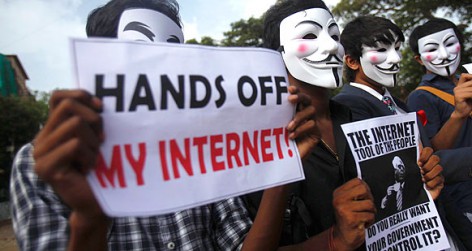



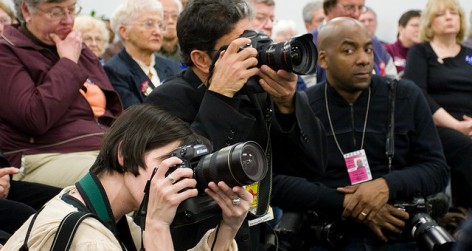



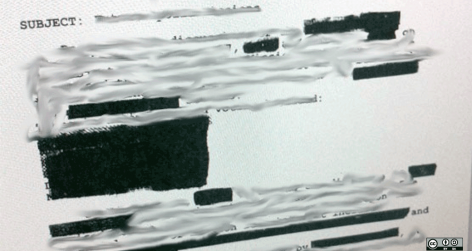
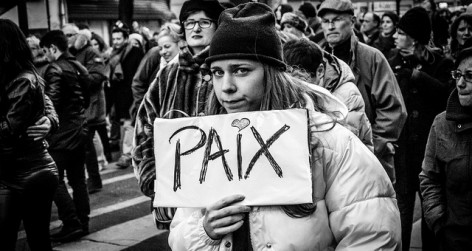

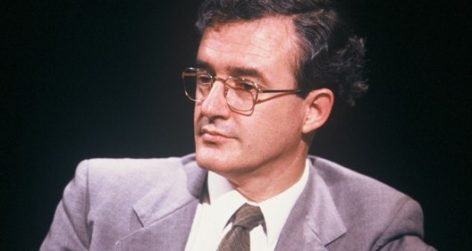


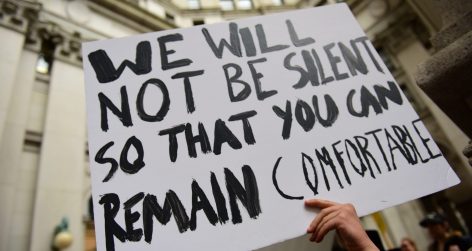





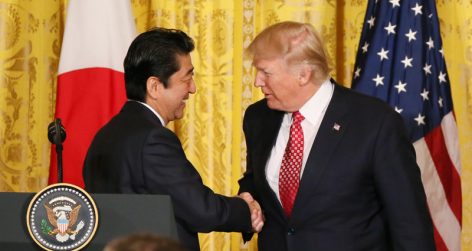


reply report Report comment
A very well articulated article by Mr. Harris. Striking down the article 66A is a welcome move, however, there are still many laws pertaining to cyber crimes that are ambiguous and thus used by politicians to quell dissent. In many such cases, the charges are later dropped on court’s order but it serves a point to the masses that showing your dissent just might land you in trouble. This discourages many people from expressing their true opinions and effectively remove the foundations for a meaningful debate.